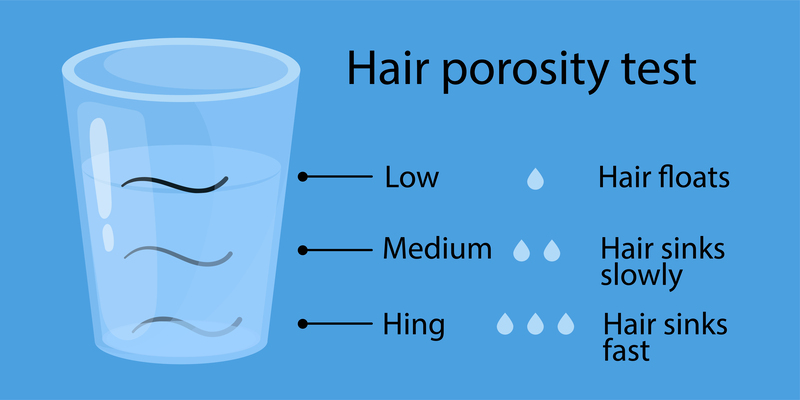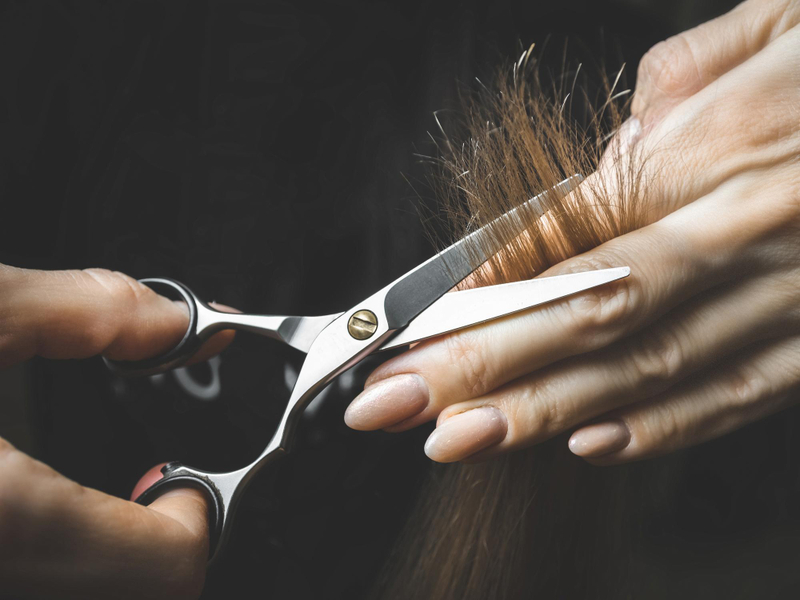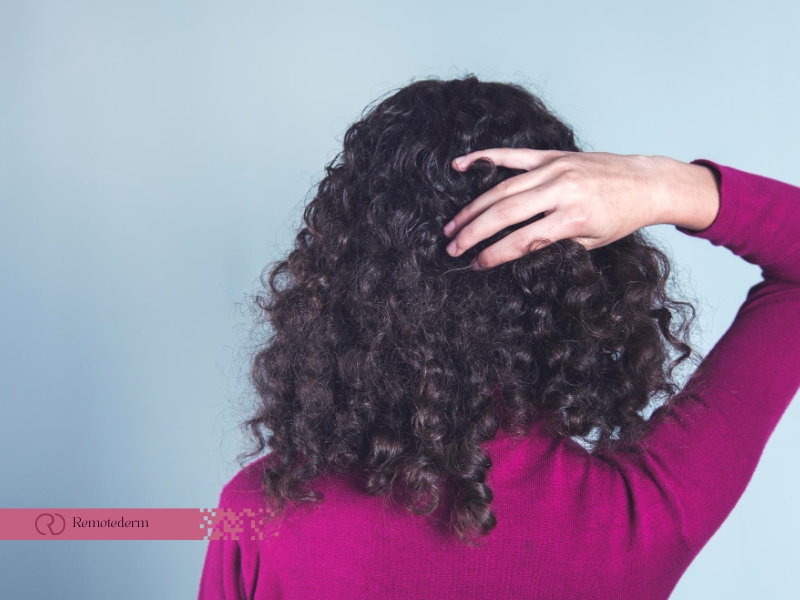Managing low porosity hair can be quite a difficult task; nevertheless, there is a definite way of doing it if you have a strategy and you stick to it. This guide details the definition of low porosity hair, the best ways to treat it and a comparison between high porosity hair vs low. Hair care tips that we provide you are suggested by a dermatologist and are customized to meet your specific needs.
What is Low Porosity Hair?
Low porosity hair has tightly closed cuticles, making it difficult for moisture to penetrate. As a result, products often sit on the hair’s surface rather than being absorbed. This hair type can be prone to buildup and may take longer to dry. Proper care includes lightweight, hydrating products and deep conditioning.
Key Traits
Gaining an insight into the main growth peculiarities of low porosity hair can make its care and management much easier. These features are those that differentiate low porosity hair from others and this can determine which hair care products and routines you will choose:
- Water Repelling: The water is now on the hair’s surface, it is not soaking into the hair.
- Product Buildup: Hair is prone to product buildup due to the inability of the hair to absorb products properly.
- Slow Drying: It takes a longer time to dry because moisture finds it difficult to enter the hair.
How to Treat Low Porosity Hair

Treatment aimed at low porosity hair will be based on the use of methods that enable moisture to get to your strands. Here are the steps:
1. Apply Heat to Open Cuticles
Heat helps open the cuticles, which in turn, makes it possible for the moisture to be absorbed into the hair:
- Warm Water Rinse: First, warm up the water, then apply the product after rinsing.
- Deep Conditioning: Before applying a deep conditioner, cover hair with a heated cap or use a dryer on the hooded dryer setting.
2. Use Lightweight Products
Do not use heavy products that may cause the buildup of dirt:
- Light Moisturizers: Choose water-based leave-in conditioners and light oils like argan and jojoba.
- Clarifying Shampoos: Apply these solutions regularly to get rid of accumulated dirt without depleting moisture.
3. Moisturize Properly
Insure your hair has enough hydration and does not get overloaded with moisture:
- Layer Products: Apply a water-based leave-in first, and then finish with a light oil.
- Skip Heavy Creams: Stay away from very thick creams which do not penetrate into the hair shaft but remain on the surface.
High Porosity Hair vs. Low Porosity Hair
Knowing the difference between high and low porosity hair is very important for the best care of the hair.
High Porosity Hair
High porosity hair, which has a special design, is not easy to hold moisture. This type of hair usually needs a lot of special help to stay hydrated and soft:
- Open Cuticles: Absorbs moisture quickly but dries out fast.
- Heavier Products: Thick creams and oils help retain moisture.
- Prone to Frizz: More likely to frizz and tangle.

Low Porosity Hair
On the other side, low porosity hair consists of cuticles that are fully sealed preventing the moisture from entering. In contrast, once moisture enters, it will remain in for a longer period of time:
- Waterproof cuticles: The moisture content of the hair is low but preserves the water which is already there.
- Light Products: In this case, the hair is more responsive to lighter and water-based products.
- Less Frizz: It is generally less frizzy due to the tightly sealed cuticles.
Hair Care Tips for Low Porosity Hair

Follow these tips to keep your low porosity hair healthy:
1. Avoid Protein Overload
Excessive protein may sometimes result in low porosity hair becoming hard and abnormal to the touch.
2. Try Steam Treatments
Steam the hair such a way that you can allow the cuticles to be opened so that moisture absorption will not be a problem:
- Use a Steamer: For regular at-home treatments.
- DIY Steam: Use a hot towel or steam in the bathroom after conditioning.
3. Regular Trimming
Constant cutting off of hair ends plus avoiding them from splitting ensures the hair is still healthy.
Hair Loss and Dermatology in Canada
Low porosity hair is not a cause for hair loss, but improper care may lead to damage and breakage. If you’re worried about hair loss, you might want to refer to hair loss dermatology in Canada that specializes in hair loss for personalized advice and treatment for every types of hair.
Final Thoughts
Low porosity hair requires specific care to stay healthy and manageable. By understanding your hair’s needs and using the right products and techniques, you can achieve beautiful, moisturized hair. Whether you have low or high porosity hair, tailoring your routine to your hair type is key to success.
FAQs
Is coconut oil good for low porosity hair?
Coconut oil is often too heavy and can cause buildup. Opt for lighter oils like argan or jojoba.
How often should I deep condition low porosity hair?
Deep condition every two weeks using heat for better product absorption.
Can low porosity hair become high porosity?
While porosity is genetic, damage from heat or chemicals can increase your hair’s porosity.
Is hair loss common with low porosity hair?
Not directly, but improper care can lead to breakage. Consult a hair loss dermatology clinic in Canada if concerned.
